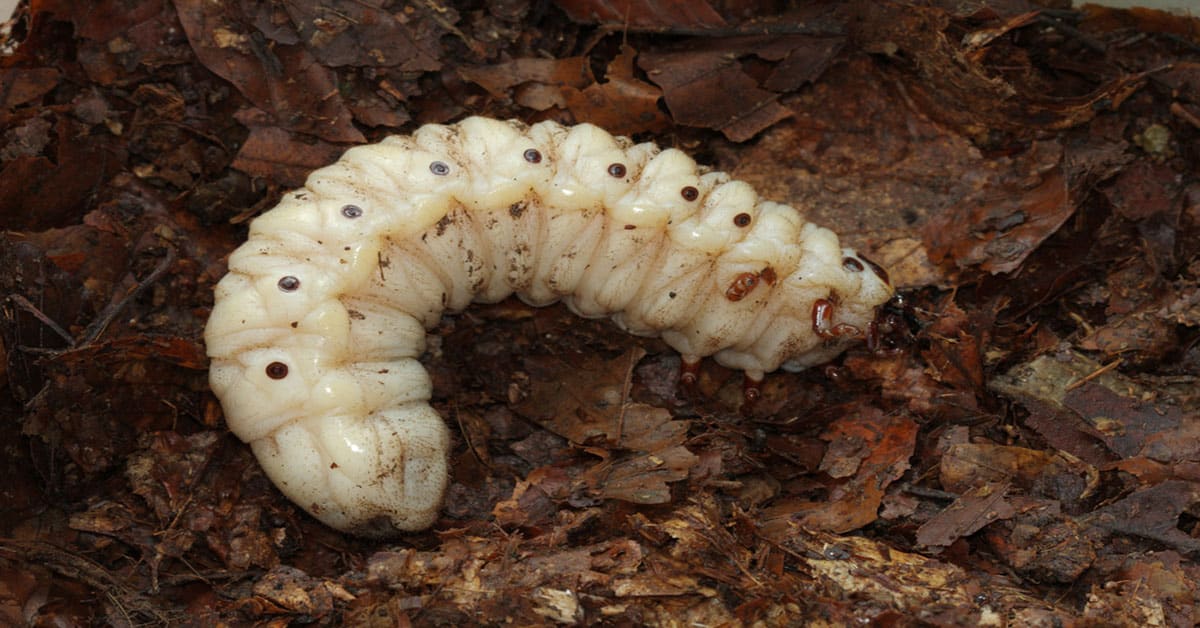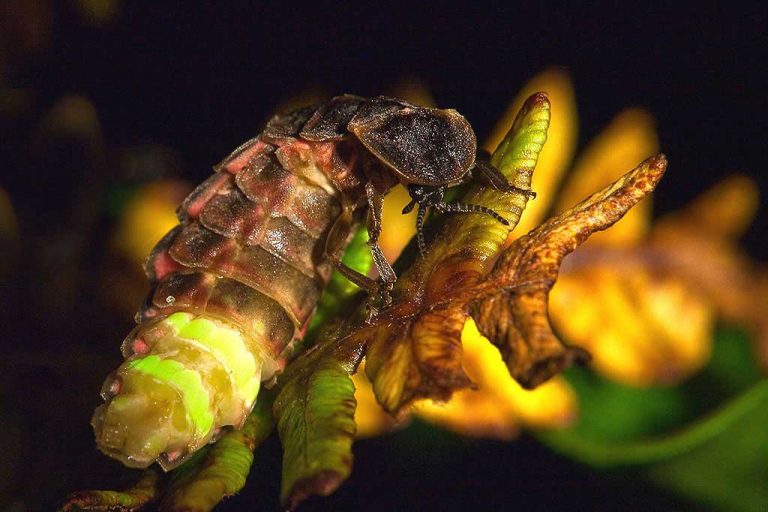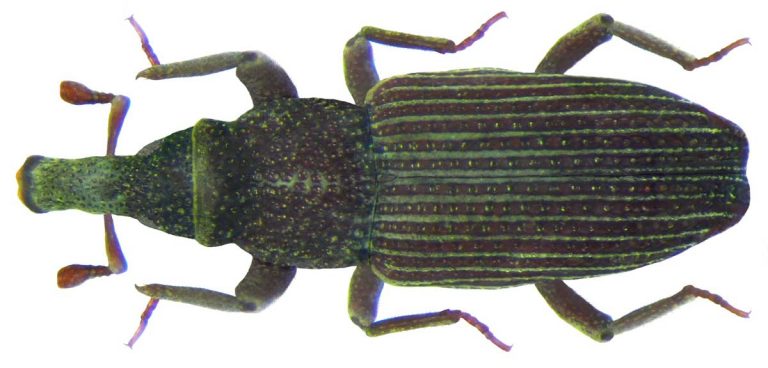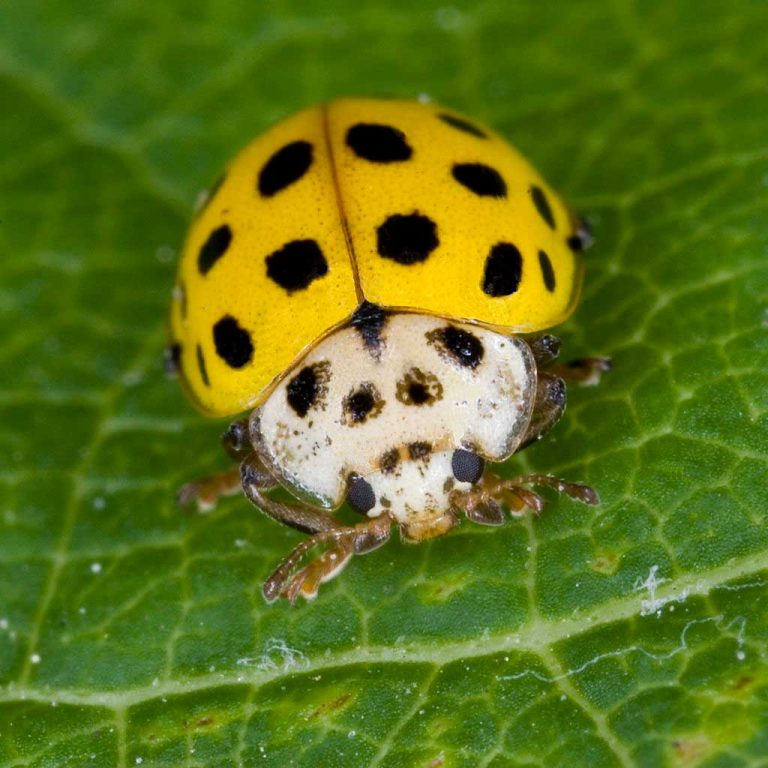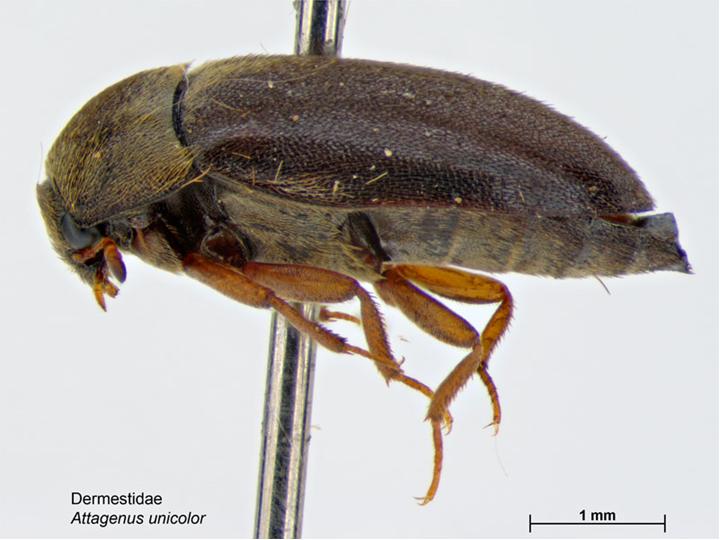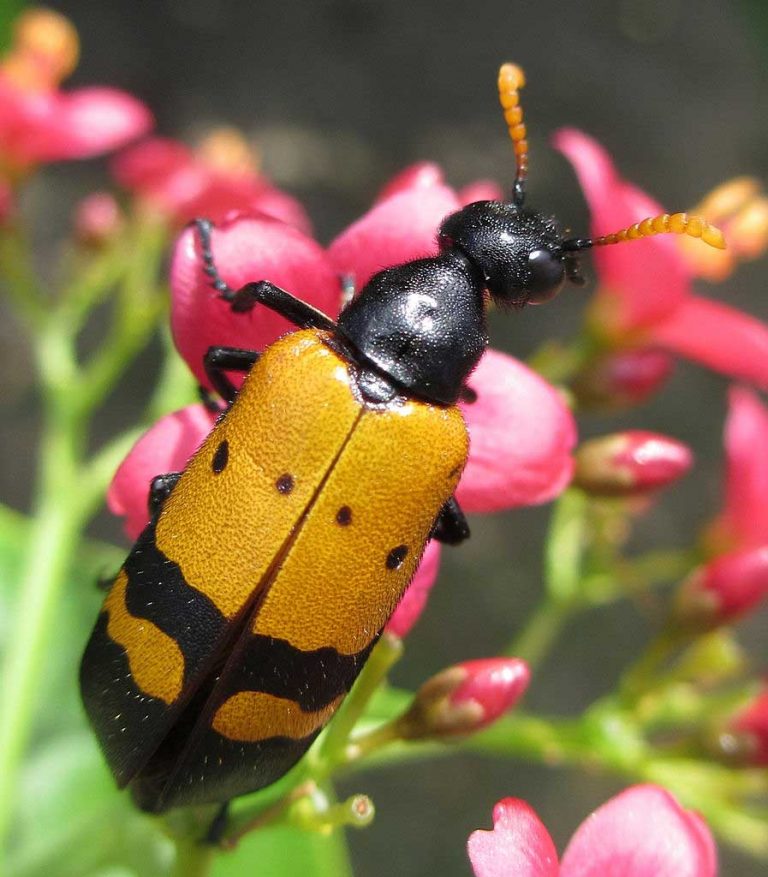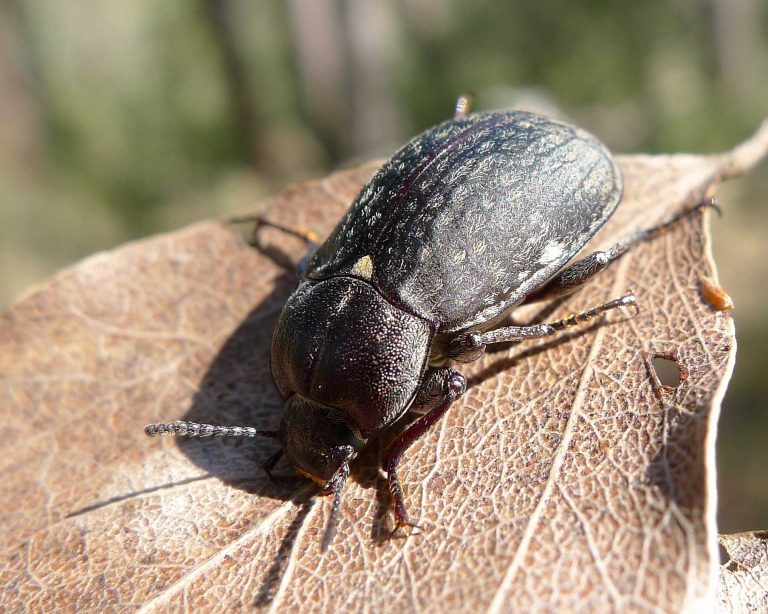Beetle Larvae
Beetles are insects that live almost in every part of the world. The initial pair of beetle wings are strengthened and stiffened, setting them apart from all other winged insects. These forewings are a barrier to safeguard the delicate flying wings folded beneath. Coleoptera is the Latin name for the order, and it symbolically translates to “folded wing.”
You might already know that beetles undergo a complete metamorphosis and transition through all four body forms throughout their whole life cycle. However, the larval stage of beetles is crucial for their life cycle.
In this article, you’ll discover more about beetle larvae, their growth, and their major traits. In the end, we’ll also introduce some of the most fascinating facts about beetle larvae that might fill you with some inspiring insights about these amazing creatures.
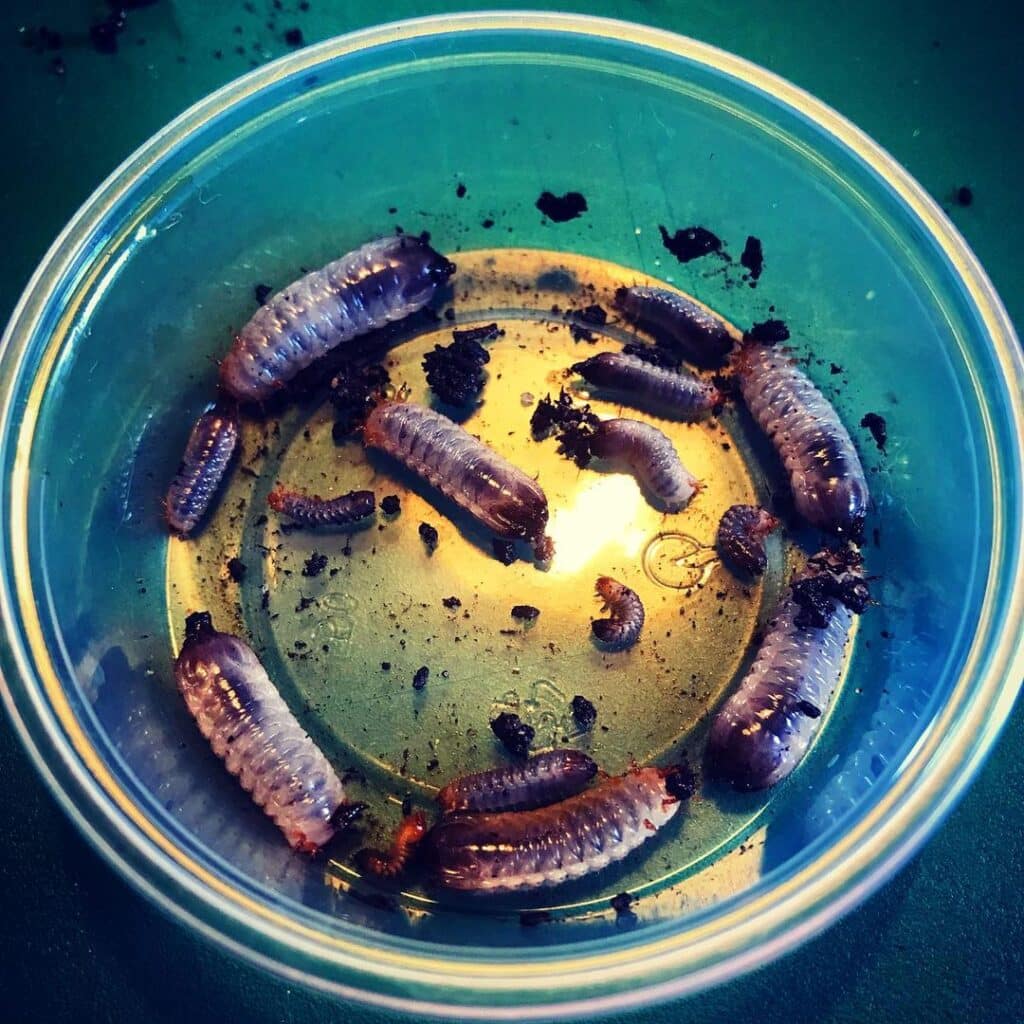
General Information about Beetles
So, beetles are a general name for insects that belong to the Coleoptera order. However, did you know that there are around 400,000 different species of beetles, and new ones are constantly being discovered? They currently account for around 25% of all known mammal species and 40% of all known insect species.
One more thing you should know about these interesting creatures is that they can live almost everywhere! Except for the ocean and the polar areas, beetles can be found in practically any habitat.
Some beetles, especially the larger ones, have an average lifespan of almost a year. They hatch in the summer, spend several months to a year or more as larvae and pupae, and then come out to procreate as adults.
Beetle Life Cycle
Life cycle of beetles is indeed something every nature lover should know about. That’s why we decided to cover some brief information about the life cycle of beetles before we get to know beetle larvae.
A beetle’s life cycle contains four distinct stages and is referred to as “complete metamorphosis.” Female beetles in adulthood mate and lay eggs, and that’s the first stage of the beetle life cycle.
The hatched eggs develop into a wingless larval stage that eventually enters the pupal stage. The pupa is immobile and is not feeding, but it eventually develops into an adult beetle. Then the mating starts, and the cycle continues.
The Beetle Larvae
Are you wondering what beetle larvae look like? If you’ve ever seen one, you’d agree that they look like grubs or worms and have a voracious appetite. The larvae must shed their exoskeletons as they grow to make more room for their expanding bodies.
So the “molting” may take place before the larvae reach the pupal stage. Larvae go through 15 molts and can grow to enormous sizes. It will consume a lot of food at this stage and keep growing, shedding its exoskeleton numerous times as it does so.
The interesting thing about beetle larvae is that during the larval stage, the majority of beetles go through 3 to 5 stages. Some beetles undergo hypermetamorphosis, in which they have different larval types and additional stages between molts. The early larval stages are usually active, and the later stages are parasitic on other organisms.
The active young larvae of most Meloidae hatch from eggs laid on flowers, become attached to bees visiting the flowers and thus are carried to a bee nest, where they become parasitic on bee larvae.
The Beetle Larval features
The beetle larvae seem significantly different from the adults. In insects that undergo complete metamorphosis, the wings grow internally before becoming visible during the pupal stage. However, the various body types of the larvae are intimately related to the habitats and feeding strategies of the larvae.
The numerous predatory species, for instance, have big, narrow mandibles, relatively long legs, and slender or gradually tapered bodies; as a result, these larvae are equipped to be swift runners that grasp and hold prey with their mandibles.
Defense System of the Beetle Larvae
Both adult and larval beetles are consumed by a variety of predatory animals, such as birds, lizards, amphibians, fish, dragonflies, robber flies, reduviid bugs, ants, other beetles, and spiders, as well as mammals such as bats and rats. Because of this, beetles have developed several anti-predator adaptations to protect themselves and avoid the numerous dangers of wild nature.
These defensive instincts include protective behavior, toxicity, and concealment against predators who hunt by sight. Did you know that the widely loved beetle – the ladybug, uses its beautiful appearance as a warning for predators? The majority of beetle families, particularly those that feed on wood or vegetation, have these defense mechanisms in place. Beetles and their larvae employ various defense strategies to ward off parasitoids and other predators.
Beetle larvae are also frequently infected by hymenopterous parasites like wasps. The larvae of long-horned beetles will become parasitized if wasps lay their eggs on or inside the larvae. Compared to other insects, beetles are probably preyed upon less frequently; even birds, which regularly eat a variety of insects, may avoid particular beetle species.
What do the Beetle Larvae Eat?
When the eggs hatch and the beetle moves to the larval stage, they often eat a lot to grow. Some of them eat plants, while others eat only what they can find nearby. Many species’ larvae are predators just like their adult counterparts, and they can be identified by their chewing mouthparts and dark heads. They resemble hardened worms and are quite mobile.
Although many beetles have gills resembling those of fish, which allows them to dwell underwater, both beetle larvae and adult beetles require oxygen to survive. These gills, which also give them the appearance of being silvery in color, enable them to complete their whole life cycle underwater.
How Do You Identify Beetle Larvae?
Beetle larvae frequently invade homes and cause significant problems for homeowners, so you may require additional information to identify and remove them from your home.
The beetle larvae can easily be identified. Depending on the species and stage of growth, certain beetle larvae can grow to be more than an inch in length. Most beetle larvae have pointy, fragile bodies that resemble caterpillars. The larvae typically rest on their sides in a C-shaped configuration when found.
Carpet Beetle Larvae
Larvae of carpet beetles are initially white, but as they grow, they gradually turn red or chestnut with brown stripes all over their bodies. They are covered in dark hair. However, the black carpet beetle’s smooth, hairless larvae can be either brown or black. Common carpet beetle larvae are reddish-brown and have dark hairs covering them, making them easy to identify.
Before becoming a pupa, they remain larval for 70 to 94 days. They remain as pupae for 14 to 17 days before becoming adults. Although they are distinct, carpet beetles and bed bugs occasionally confuse them. If carpet beetles and their larvae are left untreated, they can seriously damage the furniture in your home.
Carpet beetles and their larvae damage carpets, furniture, and clothing by feeding on natural fibers. If you have some safety concerns, don’t worry. Larvae of the carpet beetle cannot bite, and they cannot harm you unless you have an allergy. However, for your best comfort, sometimes it’s better to call the pest control company.
Interesting Facts About Beetles
There are many fascinating things about beetles to discover. Even though you already know about the beetle larvae, the following facts can broaden your knowledge about the species if you’re a collector of beetles or a beetle enthusiast who enjoys learning about them.
Here are some additional facts about beetles you should know:
- Beetles’ family is very diverse, and different species can be found worldwide, except for polar regions and oceans.
- All adult beetles thoroughly chew their food. Most insects use their proboscises, which resemble straws, to slurp their food. But beetles can devour everything, including plants, other insects, and even dead mammals.
- The majority of bugs pose threats in some cases. For example, bark beetles damage millions of trees annually.
- Some beetle groups contain species that produce light. The luciferase enzyme participates in a chemical reaction that results in their bioluminescence. Do you love fireflies? Well, if you didn’t know, they are part of the beetle family and one of the rarest species that produce light.
- The earliest species that resembled beetles can be found in fossil forms from 270 million years ago. Around 230 million years ago, the insects that are present on Earth today first emerged. This suggests that because of their extraordinary capacity for adaptation, beetles survived whatever wiped out the dinosaurs.
Final Words
As you already know, beetles are in almost every part of the world and greatly impact natural balance. The beetle larval stage is the longest and plays an important role in developing the species. Now you know what the stage looks like and its main characteristics.
These little creatures have much to share with us. They are complex, diverse, and have incredible adaptation skills. So, next time you see one of them, consider learning more about it.

Nato is a content writer and researcher with a background in psychology who’s eager to explore the wonders of nature. As a travel enthusiast and animal lover, she hopes to inspire others to discover and cherish the beauty and importance of the natural world.

